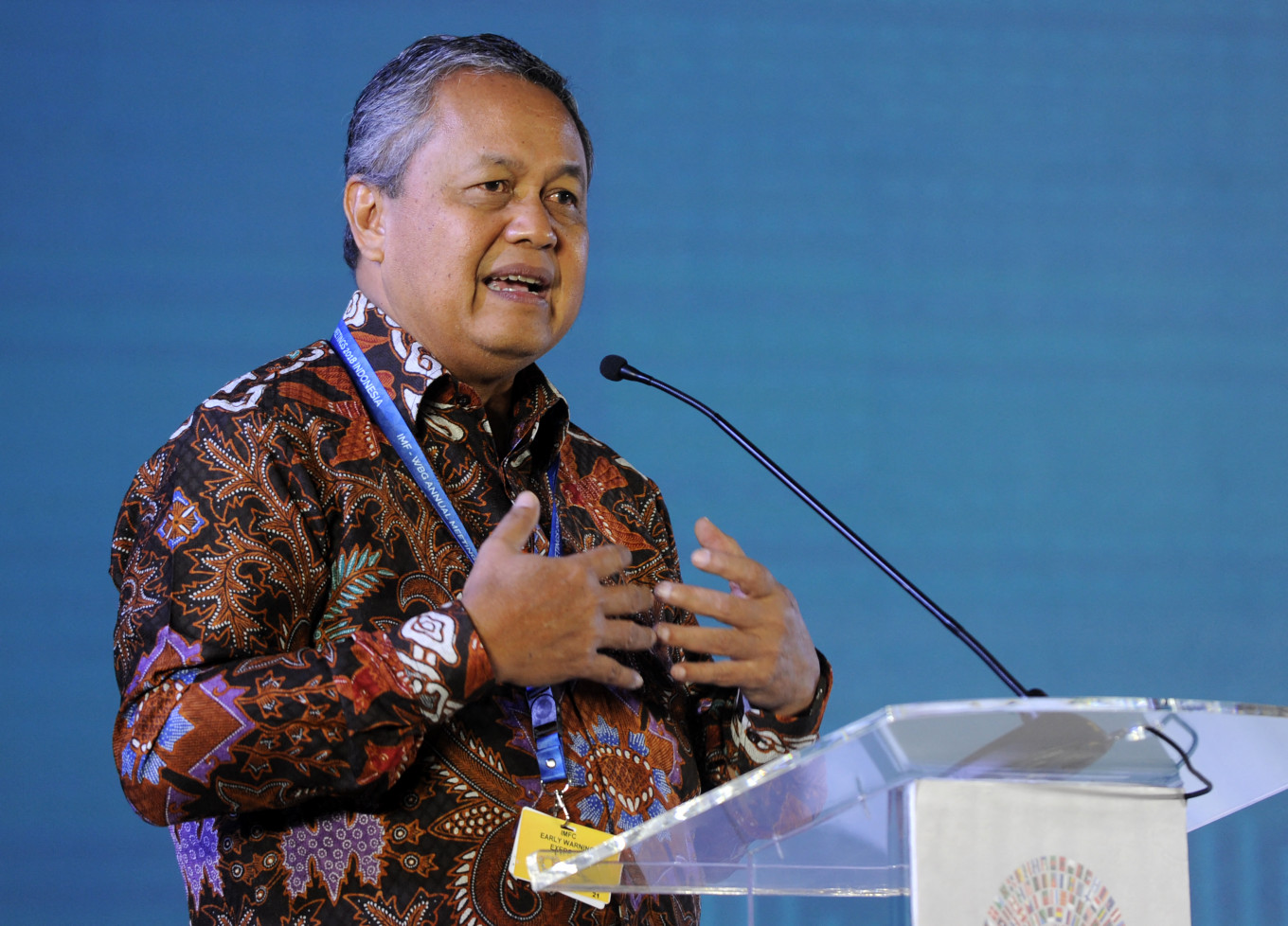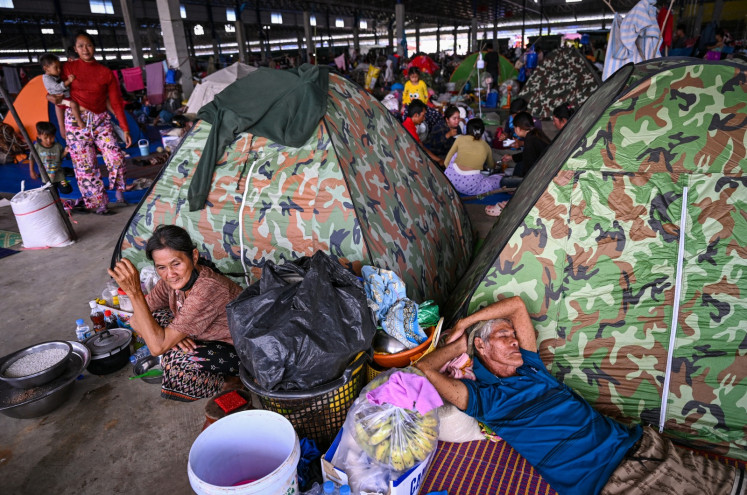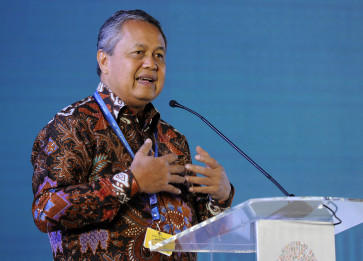Popular Reads
Top Results
Can't find what you're looking for?
View all search resultsPopular Reads
Top Results
Can't find what you're looking for?
View all search resultsCentral bank’s new mandate follows global best practice
Most of the central banks in the world, however, emphasize the goal of price stability, either as a single objective with sub-objectives, or parallel to other objectives.
Change text size
Gift Premium Articles
to Anyone
T
he House of Representatives recently approved the omnibus bill on the development and strengthening of the financial sector so that it can optimally support the national economy amid the various challenges ahead such as pandemic, digital disruption, geopolitics and climate change.
The bill which amends 17 related laws will deepen and increase the efficiency of the financial sector, by 1) expanding coverage, products and investor base; (2) promoting long-term investment; (3) increasing competition to support efficiency; (4) strengthening risk mitigation; and (5) increasing investor and consumer protection.
One of the regulatory scopes of the financial-sector omnibus law is strengthening the authorities in the financial sector, which includes strengthening the central bank with three objectives: namely achieving stability of rupiah value, maintaining the payment system and participating in safeguarding financial-system stability in the framework of sustainable economic growth.
Thus, Bank Indonesia (BI) will have one additional objective with the ultimate goal of sustainable economic growth. The Bank for International Settlement (BIS) survey of 47 central banks after the 2009 global financial crisis found that it is very normal for a central bank to have more than one objective like this. Based on the survey, the objectives of the central bank consist of (i) monetary policy; (ii) financial-system stability; (iii) employment, growth and welfare; (iv) supporting government policies; and (v) achieving profits.
This multi-objective model is also in line with Joseph E. Stiglitz’ recommendations in 2014 to achieve sustainable economic growth. Monetary policy should not focus solely on price stability. Most of the central banks in the world, however, emphasize the goal of price stability, either as a single objective with sub-objectives, or parallel to other objectives. Countries that include not only stability but also economic growth or other development targets in the central bank’s mission are South Korea, the United Kingdom and Japan.
The choice of such a model, in which the stability of the rupiah is in line with other objectives, is also justifiable, although it is not very widely applied. It is justifiable because it does not put too much emphasis on price stability because it is feared that there will be an "inflation nutter" phenomenon, which happens when the central bank only focuses on controlling prices even in the short term, so that it adopts policies that lead to large fluctuations in output.
This model is similar to the United States Federal Reserve system and the Federal Open Market Committee, which have the goal of maintaining long-run growth of the monetary and credit aggregates commensurate with the economy's long-run potential to increase production, so as to effectively promote the goals of maximum unemployment, stable prices and moderate long-term interest rates.



















